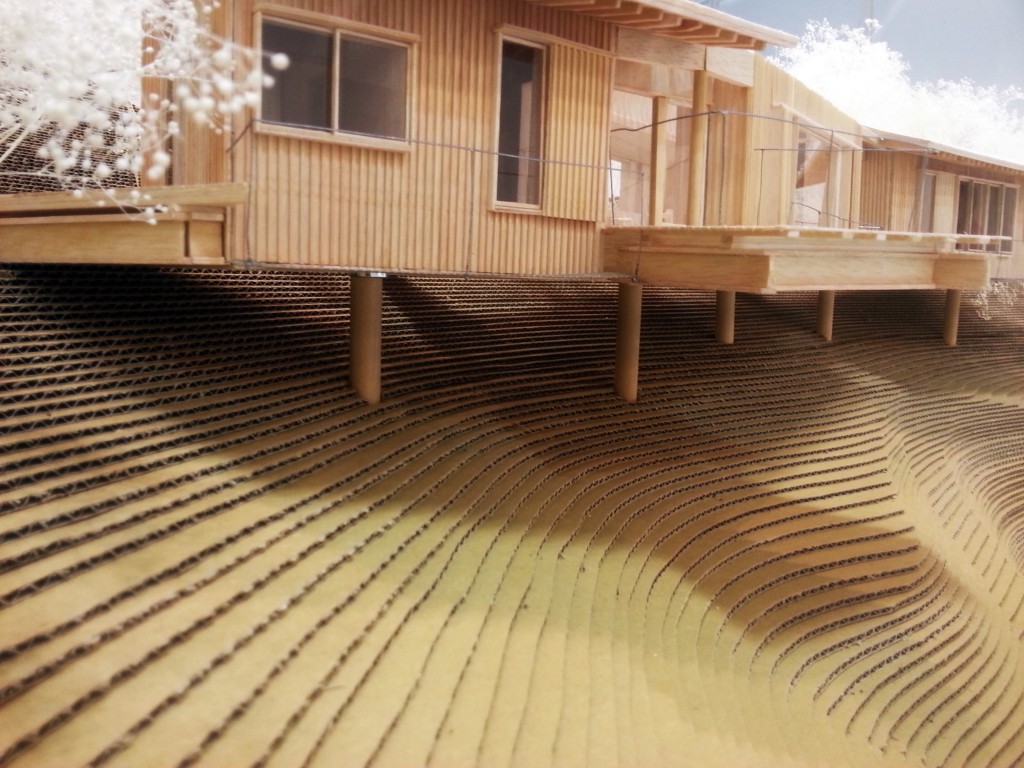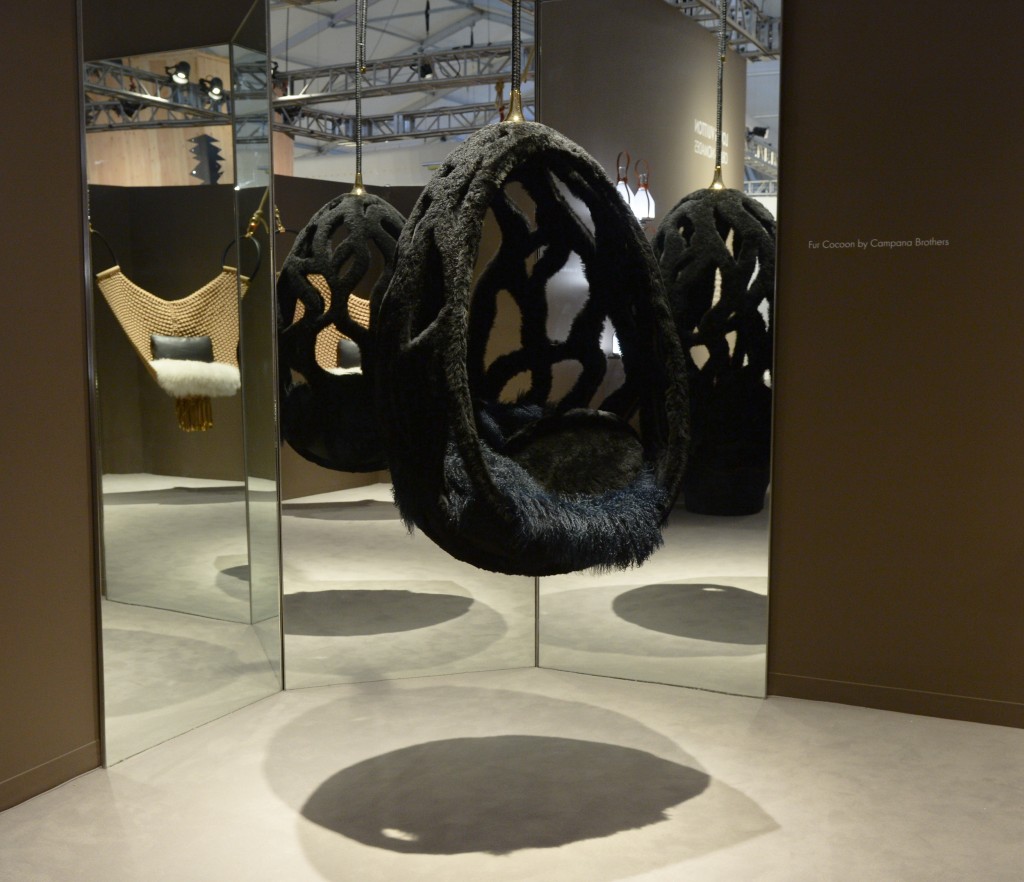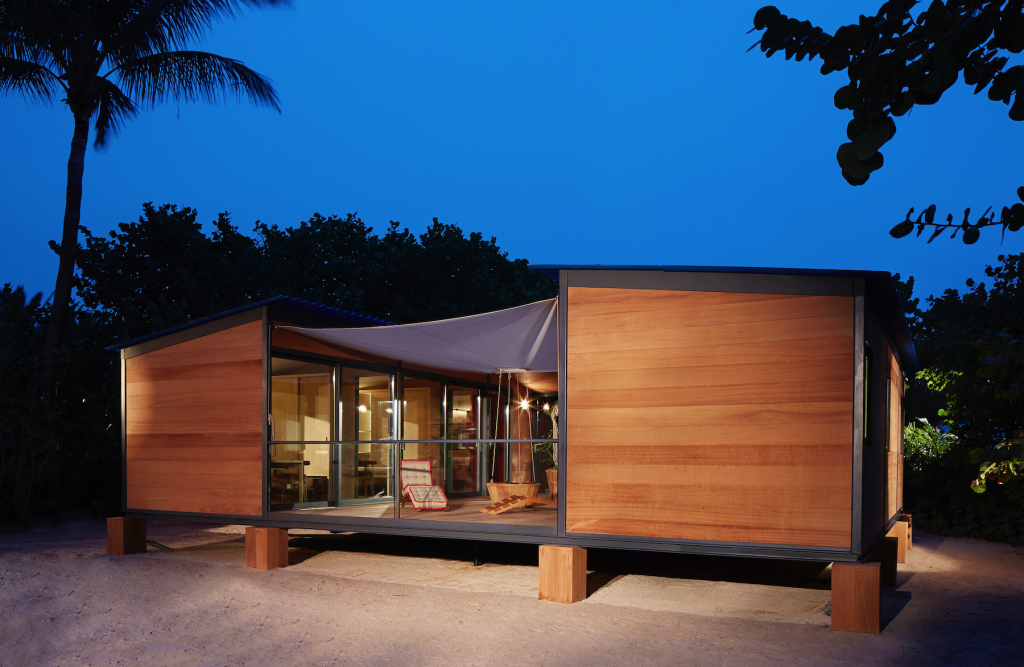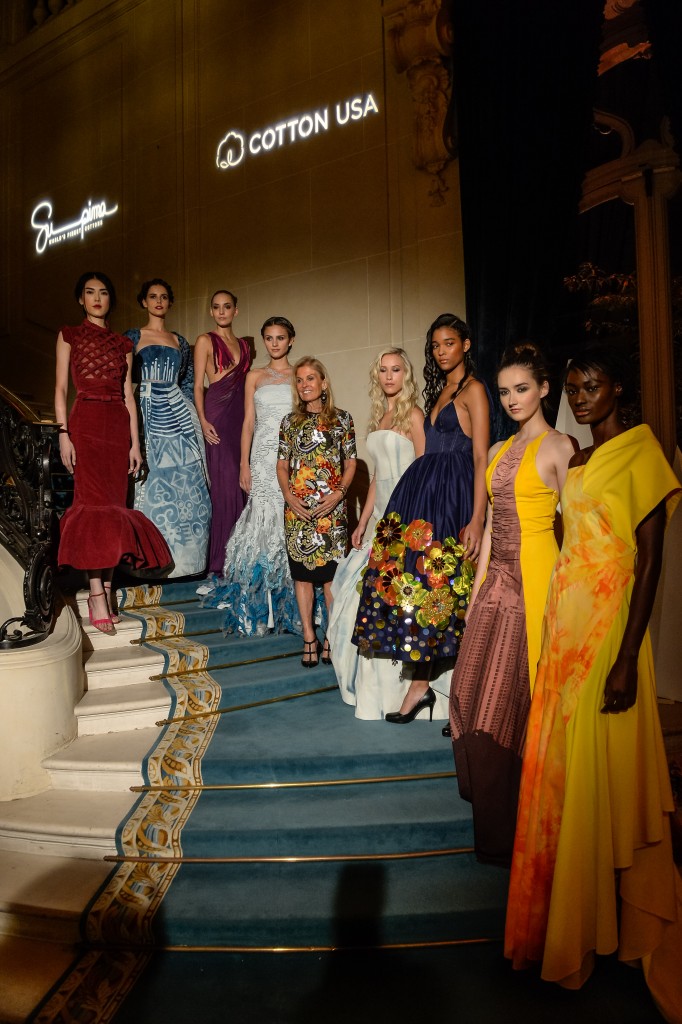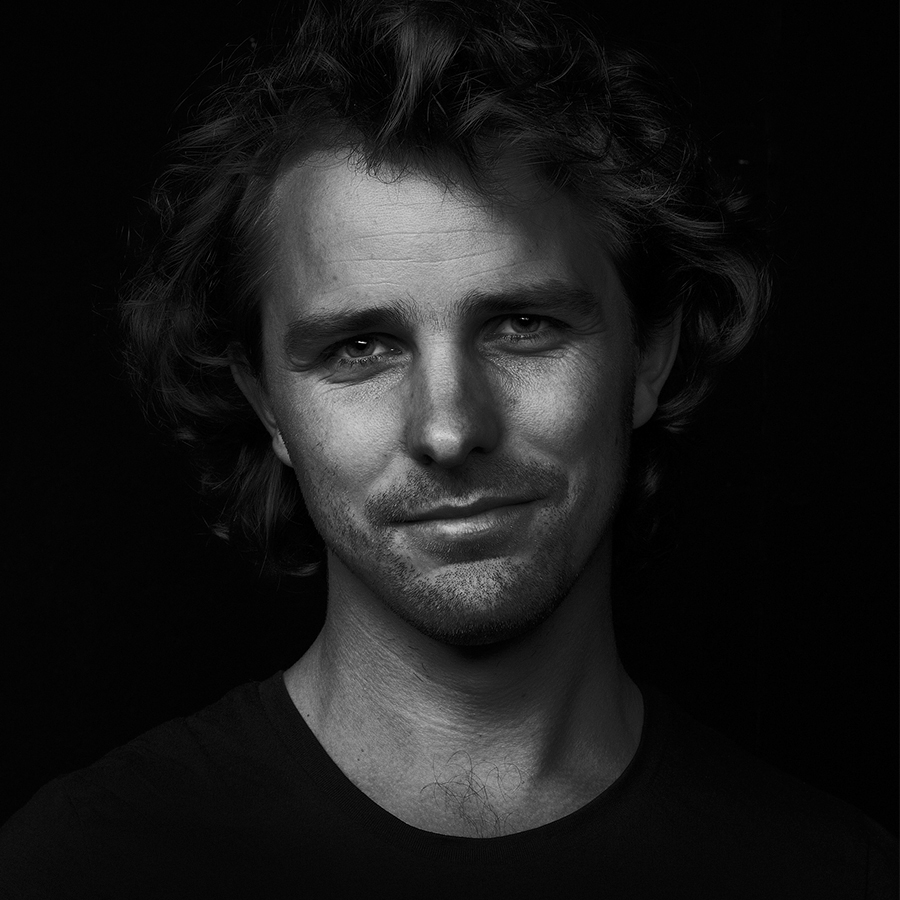
MAARTEN BAAS ON DESIGN
By Crash redaction
MAARTEN BAAS INTERVIEW ON DESIGN: FROM CLAY CHAIRS AND THE REAL TIME PROJECT EXPLORING DIFFERENT KINDS OF TIME, TO SMOKE – A SERIES CONSISTING OF BURNED DESIGN PIECES– THE YOUNG DUTCH DESIGNER HAS MANAGED TO MAKE A PLACE FOR HIS LANGUAGE IN THE WORLD OF DESIGN. HE HAS ALSO TAKEN PART IN SEVERAL COLLABORATIVE PROJECTS OF NOTE WITH RUINART. IN THIS INTERVIEW, THE ICONOCLAST DESIGNER DISCUSSES JEAN PROUVE, THE NEW CHALLENGES IN DESIGN, AND HIS FAITH IN THE UNIVERSALITY OF DESIGN.
Interview by Théo-Mario Coppola
Image above: MARTEEN BAAS – Photo credit: Frank Tielemans, Studio Maarten Baas, The Netherlands
Can you tell us a bit about your beginnings in design?
I graduated in 2002 and then did the Smoke project. It all happened very fast, and now I’m presenting the series all over the world. After that, I began a collaborative project with Bas den Herder; he made the models and handled distribution, while I worked on the design and the rest of the project.
So opening your studio brought new possibilities?
We make most of the designs ourselves, as with the Clay furniture series. We produce it all in a big studio in Holland, while some furniture items are done by an outside producer. I never use computers or sketches when I work. Instead I look at the actual object and try to change it a bit; I work in a sculptural way.
So design is something more intuitive for you…
I like to make things in a theatrical atmosphere, and the way I do it is practical, by hand. I work with the possibilities offered by a material and try to see what I can do with it. I sometimes experiment with materials, but it isn’t my purpose in design. It’s more a way of working than a goal.
Do you believe in a global design?
I like the fact there are a lot of different styles. I don’t think there’s just one way of doing things.
What makes a good designer for you?
I greatly appreciate differences. I don’t say “it should be like this or it should be like that.” It’s important for everyone to do what they can for what they believe in. Variation can be a very powerful thing. I don’t like when people try to define how design should be. I hear a lot of people saying that what I do is not design. I do unique pieces and short runs, while people say I should be producing industrially. I don’t like that opinion, and not because it attacks me, but because it isn’t very open-minded. These people think there is only one truth that should be followed. I don’t believe in that, so I don’t want to tell people how to design.
Today, design has nearly anchored itself as a trend in its own right. Charlotte Perriand and Jean Prouvé care now design superstars, though they didn’t enjoy this status during their lifetimes. They are now internationally recognized. What do you think about their success?
I understand why their kind of design was misunderstood, though now we admire it. It’s of a quite rare quality, but there’s a difference between appreciating something and adoring it. There are a variety market forces at work. I don’t want any part of them; above all, I seek quality and not the marketing strategies that surround it. I just want to make quality items that meet the need to make them. I try to keep a certain distance from success.
What does design currently stand to gain by using new materials?
There are definitely new possibilities and a lot of new techniques and materials, but I’m not sure this will make for better design or better designers. I think having these new materials necessitates a new way of thinking. The techniques and paintings we currently use in design have become quite common. It takes time to really get the best out of all that. This situation can motivate people to make things that appear very intelligent or even impossible, but I think there is also another way to use these techniques well. The same thing happens with music. For example, when the synthesizer was invented, there were a lot of bands playing it and creating new kinds of music. If you listen to the music of that time now, 90 percent of it is crap because it’s only based on the effect of the synthesizer – that’s the pitfall of new techniques. However, 10 percent is still good because it does more than accumulate effects on the synthesiser. When there is a new technique, you can lean on the technique in itself, or go further.
Tell us about your exhibition at Les Arts Décoratifs in Paris…
It’s a kind of retrospective. Again, I wanted to create a theatrical atmosphere for it, since my work isn’t so much about techniques or materials, but a desire to express something, like a surreal world or a fairy tale. And, therefore, I wanted to put the various pieces together and build a context so as to make the pieces communicate and also show the things they have in common. The set-up is very rational, with an historical or a technical meaning, but I also wanted to show the dream and emotional side. I was much more focused on this aspect. I think people from anywhere in the world can understand these things. The exhibition is based on a human quality, so I think it could work anywhere. I hope it’s very universal.
And is your Real Time project still going on?
There will be a lot of videos from Real Time at the Paris exhibition, but the project is still in process.
Interview from Crash #57






